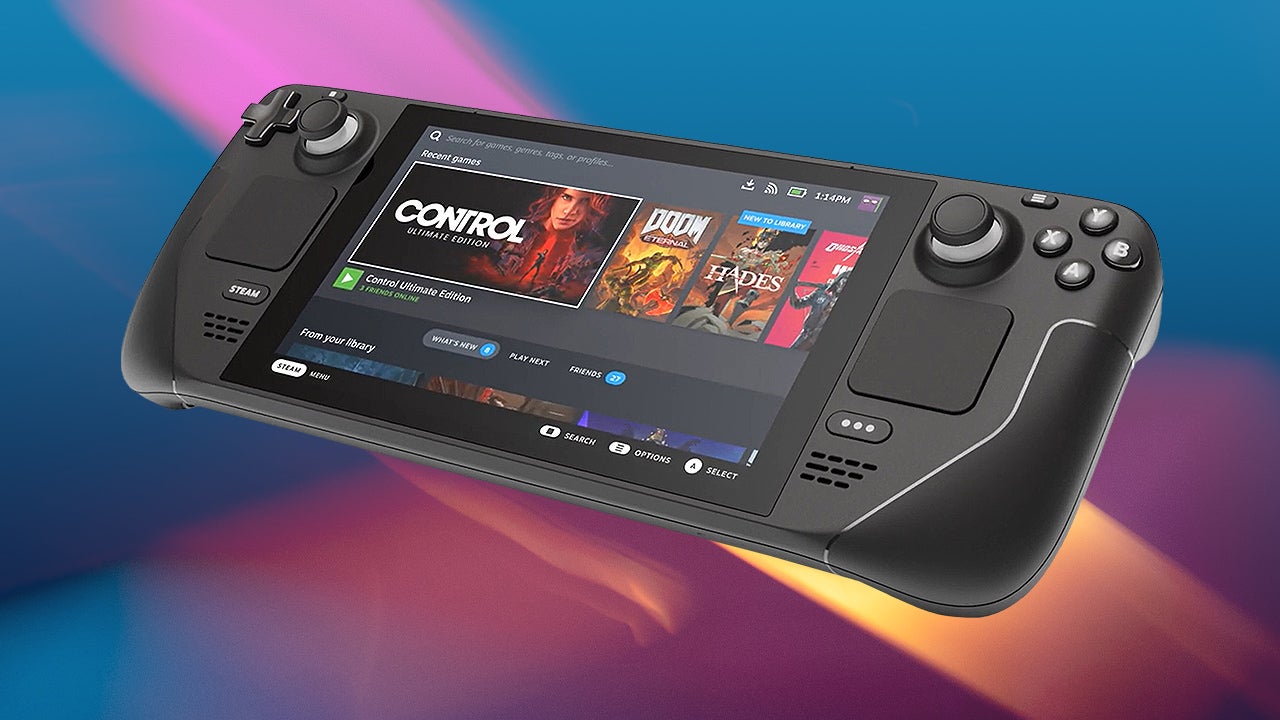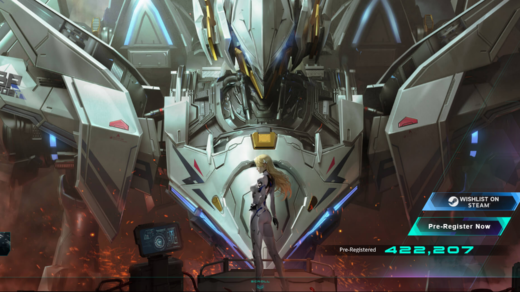Hades: Where Myth Meets Mechanics in a New Age Roguelike

Introduction
The moment Supergiant Games dropped Hades, it became an instant cream-of-the-crop game in the roguelike genre. This 2020 hit has mashed up fierce combat, an engaging storyline, and Greek mythology to make one of the most engrossing and hard games out there.
The player thrown right into the shoes of Zagreus, one of the sons of Hades, who wants to break free from the Underworld. That is to say, with every attempt, players get to know gods, learn more about Zagreus’ family, and unlock some powerful abilities. Let’s take a closer look at what actually makes Hades a changer not only in gameplay but in the narrative also.
Core Gameplay of Hades
Hades made up of action-packed combat entwined with strategy. The core gameplay loop is quite simple, yet addictive: players fight their way through rooms of enemies, earning them rewards and abilities to aid them on their road.
- Olympian Boons: Throughout, Zagreus receives blessings, or “Boons,” from such Olympian gods as Zeus, Poseidon, and Athena.
- Weapon Variety: Zagreus has six unique weapons with varied combat styles, from the fast and agile Stygian Blade to the most powerful, far-reaching Adamant Rail-all with their strengths and weaknesses. As these are upgraded, new moves and abilities are unlocked, offering a variety of approaches in combat.
- Intense Combat: The combat in Hades is fast and requiring of skill; every different room introduces different enemies, asking you to change your approach almost every time. Dodge-rolls, dashes, and mastery over a weapon are quintessential for survival, while the game encourages you to move and think fast if you want to get through it.
Every Boon strengthens Zagreus’s capabilities further-from Zeus giving the former the power of unleashing lightning to Athena’s power of boosting his defense. These Boons then can combined into powerful synergies, making a strategic layer in the game.
Roguelike Progression and the Power of Choice
Hades derives its core from a roguelike structure. Each attempt, or “run,” through the Underworld resets the progress back to the start. But the game balances challenge with progression by rewarding players after every attempt, successful or otherwise.
Mirror of Night. Players can invest in permanent upgrades, thanks to the so-called ‘Mirror of Night’. By spending a resource called Darkness gained during each run in the Underworld. This will enable players to increase health, boost damage, or add new abilities. Their existing ones to provide that feeling of constant growth even if a run doesn’t end in escape.
Keepsakes and Companions. Keepsakes are items given by NPCs; they are equipped before runs and give a passive bonus. A player can use a Keepsake to increase their chances of finding specific Boons. In the case of bonds with NPCs that develop, a player is entitled to receive Companions-powerful allies capable of helping Zagreus in combat.
Room Choices and Dynamic Builds. Every room in Hades has one special reward that players can choose depending on how they want their build to go. Players can be focusing on health, Boons, or currencies of any type, depending on how they want the run to go. The game’s structure definitely allows experimentation, and every time the player goes through, they can find a better path or way of doing things.
A Groundbreaking Narrative for a Roguelike
What really sets Hades apart is its dynamic storytelling; the game’s story changes with each attempt. More so, most roguelikes are gameplays and little else, but. Hades crafts a pretty interesting story around the relationship between Zagreus and his family-the gods.
Meaningful Character Interactions. Each Death in the game is a chance for Zagreus to engage with the many denizens of the House of Hades-from the god of the Underworld himself. Hades, to Nyx, the goddess of the night. It’s a source of unique insight and builds on your emotional connection to the story. The game weaves these relationships into the narrative, with characters reacting to Zagreus’s progress and actions.
Organic Storytelling with Every Death. Hades does not punish players for death but instead uses it as a time to learn more about the world and the characters. Every time the player fails, new dialogues, backstory, and even quests might be unlocked from NPCs. The ever-changing storyline keeps interest in repeated runs, not just restarting any particular level.
Building Bonds with Gods and Allies. Throughout the process of his journey, whenever Zagreus runs into gods and NPCs, he is allowed to give Nectar and Ambrosia to those in order to make friends and build bonds, therefore being returned with Keepsakes. These relationships give more in-depth story arcs that incentivize players with something other than fighting-a reason to engage with the lore and dynamics of the Underworld.
Visuals, Audio, and World-Building
The art, sound, and design in Hades marry together in perfect unison to create an immersive Underworld. That’s both beautiful and ominous to fit the tone of the game perfectly.
Whimsical Art Style. Hades is powered by hand-drawn art, vibrant colors lighting up the Underworld and intricate character designs. Be it the lava-soaked Asphodel or the lush Elysium, each biome feels cohesive and atmospheric.
Dynamic Soundtrack and Voice Acting. The music of Hades, composed by Darren Korb, shifts in relation to the intensity of the gameplay. Maybe somewhat doleful, like those tunes in the House of Hades; maybe an adrenaline-pushing track when in battle situations. Voice acting is added to each character, since it simply makes dialogues so real and interesting.
Environment and Lore. Hades’ Underworld is full of environmental details that give credibility to the mythology. Anything from the statues down to the shrines tells a story. Building up a world that feels so full of lore and history. Supergiant’s careful design makes every room meaningful and reinforces the feeling of being immersed in Greek mythology.
Replayability and Endless Possibilities
One of the strongest aspects of Hades is its replay value. The combination of varied weapons, Boons, and ever-evolving story elements makes each run fresh.
Weapon Aspects and Upgrades. Other than the base weapons, Hades introduces Aspects-alternate forms that change how each weapon behaves. As players unlock and upgrade these Aspects, they gain access to new playstyles and strategies that make each run feel distinctly different.
Boon Synergies and Builds: Hades’ Boon system allows players to experiment with a few very unique build combinations. Different gods will offer different Boons, and the game has an emphasis on synergy, so much of how the abilities are going to interact is a big factor when players try out different options. This adds a new build to try with each run, making the gameplay more engaging over time.
Post-Game Challenges. After the story of the game is complete, there is the Pact of Punishment system, which adds more and more challenges to make the difficulty level even higher. Tinker with the enemy strength setting, speed of their attacks, and encounter types. New and fresh trials will become available in order to test those skills further and delve deeper into the Underworld.
Hades’ Impact on the Roguelike Genre
Hades has left an indelible mark on the genre of roguelikes. Such a combination of swift, rhythmic combat and RPG elements, enriched by depth in storytelling, has influenced a plethora of other titles, showing that strong storytelling is possible even in a roguelike.
- A New Benchmark for Story-Driven Roguelikes. Mechanically driven traditionally, Hades proves story can be a driving force behind great gameplay. Its ever-changing storyline imbues meaning and immersion; therefore, every attempt feels meaningful and charming.
- Hades from Supergiant Games came in with extremely high design expectations. Its excellent polish in controls, tight mechanics, and great attention to detail allow this piece of work to evoke a pleasantly rich experience for casual and deep-lying roguelike players alike.
- Setting the Bar with Genre-Bending: Hades raised the bar regarding how seamlessly genre melding could be pulled off and, consequently, inspired developers to try their hand at just how narrative and mechanics can really blend together. Its success showed players were into a game with some rich storytelling, strategic depth, and replayability.
Conclusion
Hades is a masterclass in combining action, storytelling, and strategy. Its captivating combat, multi-layered progression, and living narrative have made this one of the most beloved roguelikes in years.
Supergiant Games has crafted a world where every death is an opportunity, every success feels gratifying, and each character interaction is another layer to Zagreus’s journey.
By rewriting the script of what was possible within the confines of a roguelike, Hades has set a new standard bar that any game within its genre or otherwise will have to strive for.
Don’t forget to check out our other articles gamedevr.site




1 Response
[…] Hades: From Supergiant Games, Hades is a stark example of how good storytelling can be contained within a roguelike. The player is always going to try and make it out of the Underworld, and upon each fresh attempt at doing so, develop relationships with the characters-finding different story details each time. […]